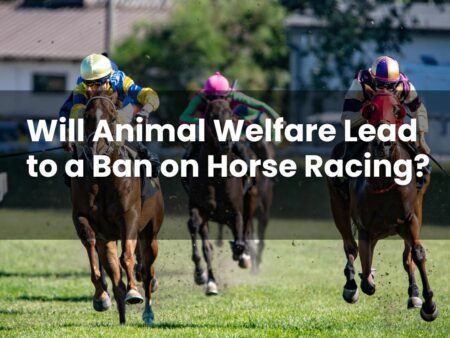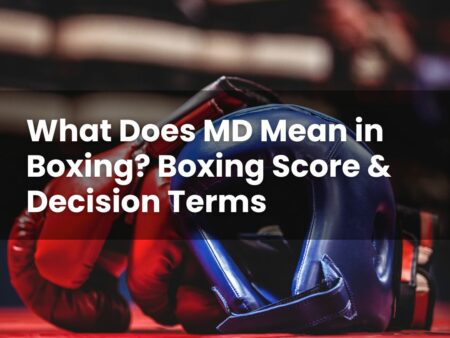Football betting offers a range of options, and one of the simpler ones to understand is the win to nil bet. It may not be as commonly discussed as match result or both teams to score, but the idea behind it is fairly straightforward.
This blog post looks at what win to nil means, how bets are settled, how the odds usually compare with other football markets, and provides practical examples to make it clearer. It is written to cut through common misunderstandings.
Read on to explore the details.
Brief Introduction to Win to Nil Betting
A win to nil bet is a wager on one team to come out on top without conceding. If you engage in this sort of betting, the team you choose to back must both achieve a victory and prevent the opposition from scoring. If the opposing side scores, or the match ends in a draw, the bet does not succeed.
Bookmakers usually list this market in their football sections under names like Team A to win to nil or simply Win to Nil. It is often shown alongside familiar options like match result and both teams to score, but it carries the extra requirement of the opposition failing to score.
What Does Win to Nil Meaning Actually Mean?
In football, nil essentially means zero. So, if you back a win to nil, you are selecting a team to win while the opponent finishes with no goals. This is sometimes referred to as a clean sheet.
Even if a single goal is scored by the opposition, the clean-sheet condition is broken, and the bet does not succeed. That applies whether the scoreline ends 1-1, 2-1, or any other result where the opposition scores. This is why the second part of the condition might be important to understand before placing a bet.
How Does a Win to Nil Bet Work in Football?
Win to nil is generally available on most fixtures as part of the regular match markets. Settlement is based on the score at the end of normal time, which is 90 minutes plus any stoppage time. Later periods, such as extra time or penalties, usually do not count unless the market rules explicitly state otherwise.
Because settlement depends on both the result and the opponent failing to score, you might want to check the market description beforehand if you’re thinking of betting. Bookmakers might phrase the market slightly differently, but the underlying idea remains: your team needs to win and concede none.
Understanding this connection between winning and the clean sheet helps explain why the odds for win to nil are often different from a simple match result.
How Do Win to Nil Odds Compare to Other Football Bets?
Prices for win to nil bets tend to be higher than for backing a team to win alone. This reflects the added condition that the opponent must fail to score as well. By contrast, a standard match result bet only considers the win.
The price offered usually reflects factors such as recent defensive records, how often a team keeps a clean sheet, the opponent’s scoring form, key team news affecting defence or attack, home or away setting, playing style matchups, and fixture congestion.
For instance, if a team is strong at the back and facing an opponent that rarely scores, the odds might be shorter than usual. If the opposition is known for scoring, the price lengthens to reflect the challenge of preventing goals.
Examples of Win to Nil Bets in Real Matches
Imagine a hypothetical Manchester City versus Burnley fixture. A bookmaker might offer 3/1 on City to win to nil. If City win 1-0, 2-0, or 3-0, the bet would be settled as successful. If Burnley score, even if City win 2-1, the clean-sheet part of the bet fails.
Similarly, a Chelsea home game against Crystal Palace might see 4/6 for a straight win, but 2/1 for a win to nil. A 1-0 victory is enough to satisfy a win to nil bet, but if Palace score, the selection would not succeed.
These examples show how the same fixture might produce different prices depending on whether the clean sheet condition is included. It is important to understand the full market before placing a bet.
Common Misconceptions About Win to Nil Bets
A frequent misunderstanding is that win to nil requires a high-scoring game. It does not: a single goal is sufficient, provided the opposition fails to score.
Extra time and penalties are often another source of confusion. Unless the market description states otherwise, settlement is based on the score after normal time. Anything after that is not counted.
It is also easy to assume that backing a team known for scoring makes this market simpler. Attack may be impressive, but defensive performance is decisive. Even one goal conceded ends the selection, which is why checking defensive form and player availability is important.
Some may see win to nil as a way to obtain higher prices, but it adds a second condition that might be tricky to meet. Understanding the way the market settles helps clarify expectations if you choose to place a bet.
Taken together, win to nil is straightforward: combine a victory with no goals conceded, remember normal time decides the outcome, and compare the price with the challenge of keeping the opposition out.
Always gamble responsibly and consider your limits before participating. Remember that betting is intended as a form of entertainment and not a way to make money. If you feel that gambling is affecting your life or well-being, seek help from recognised support organisations.








